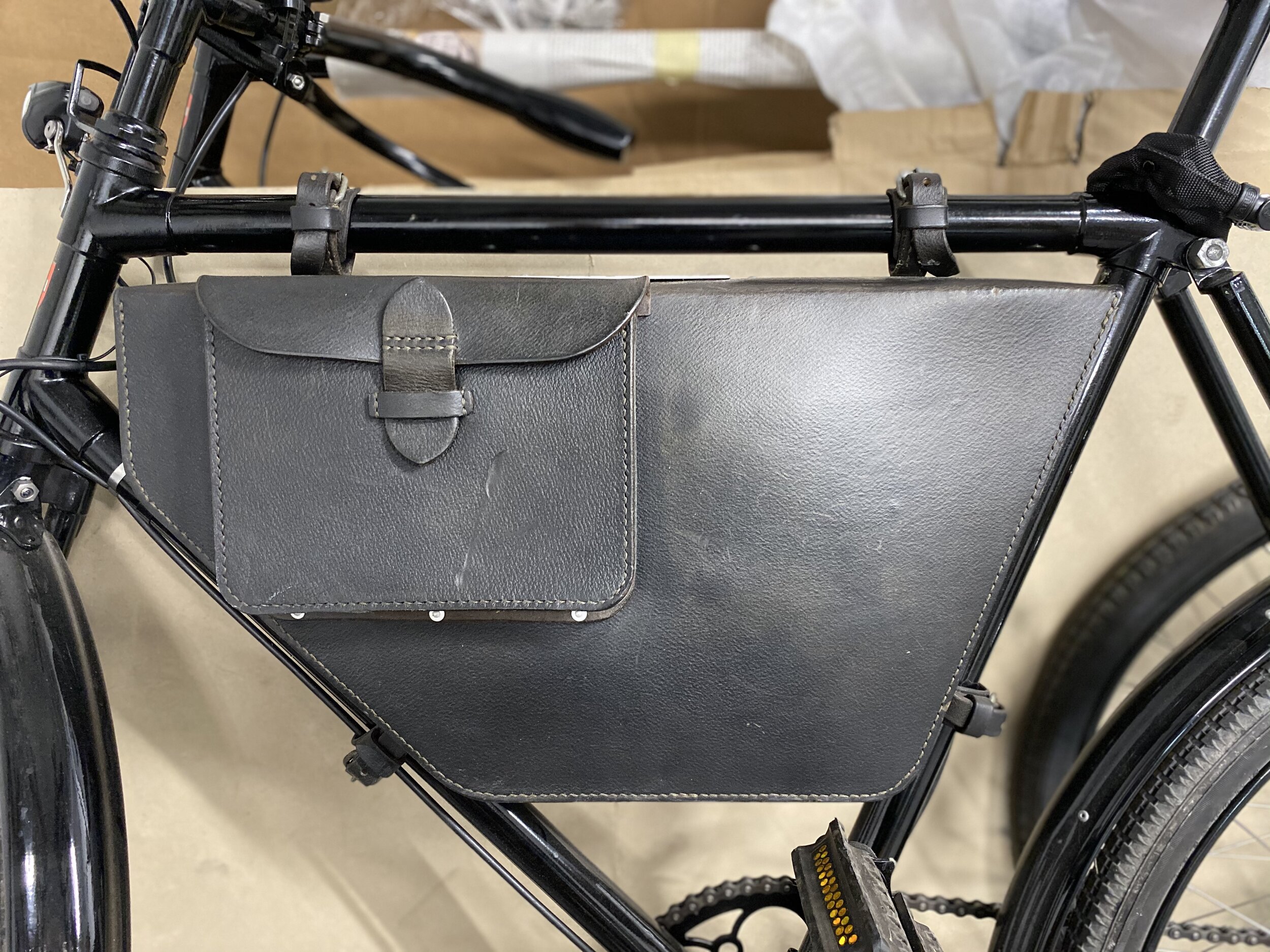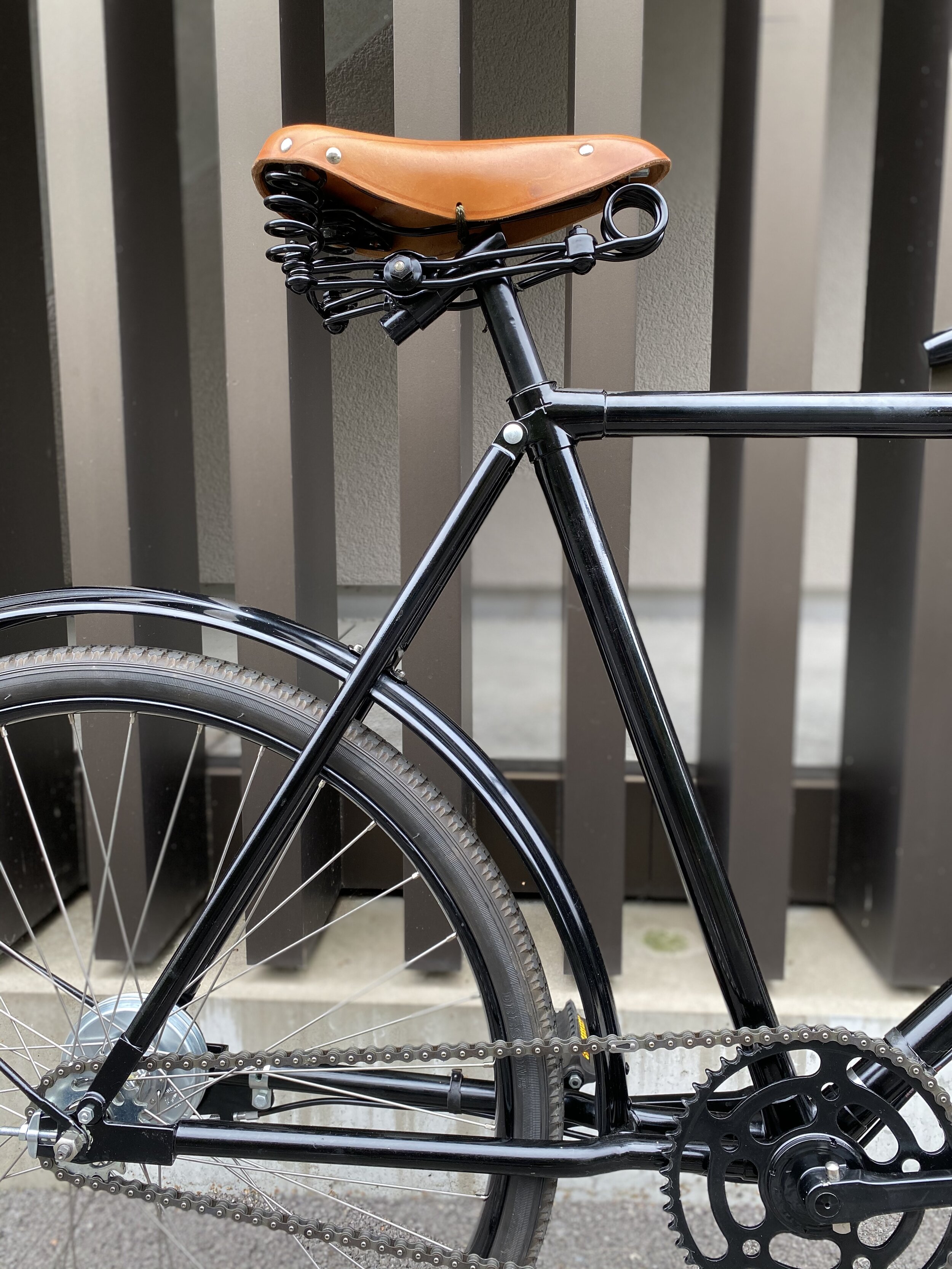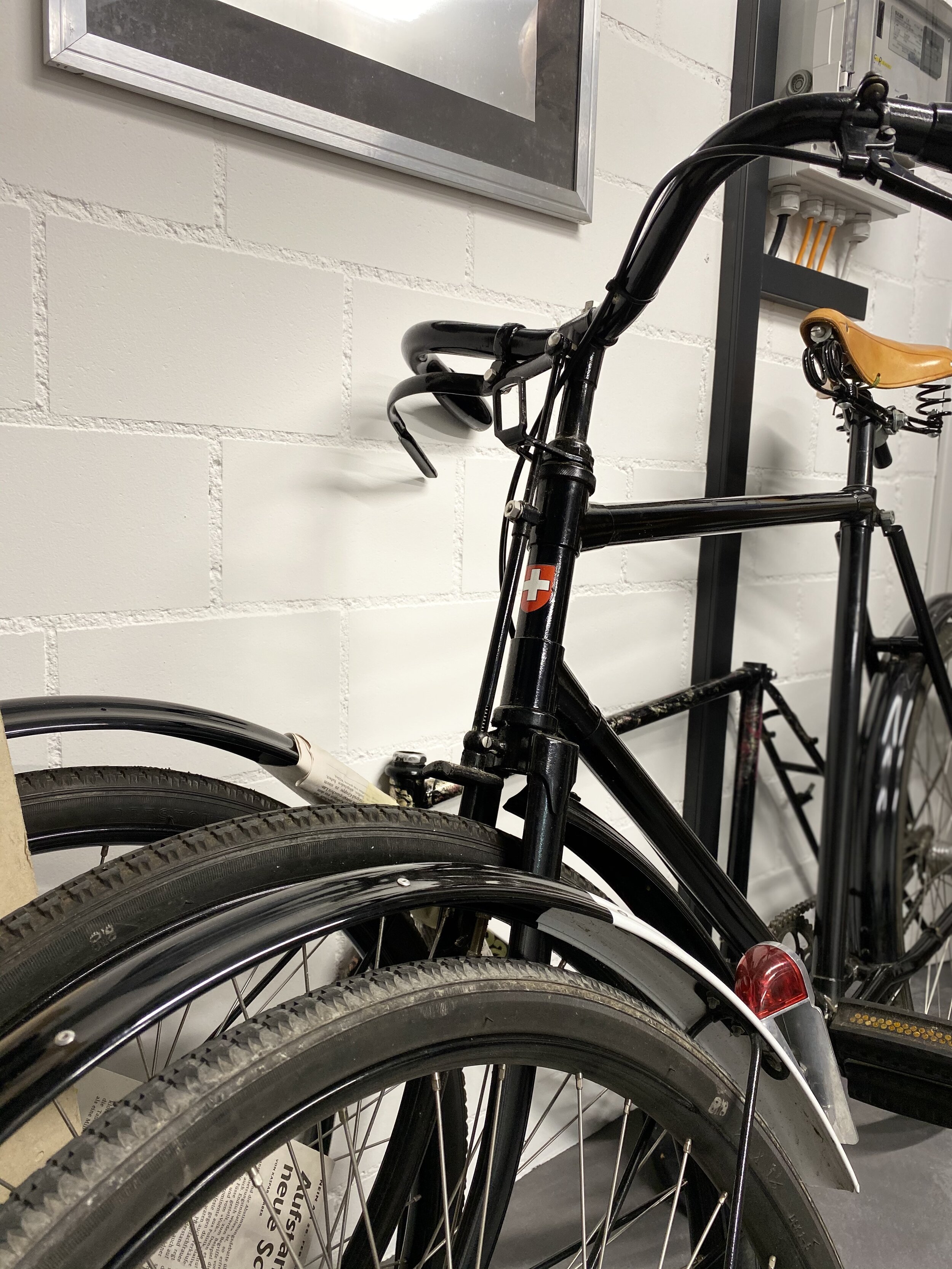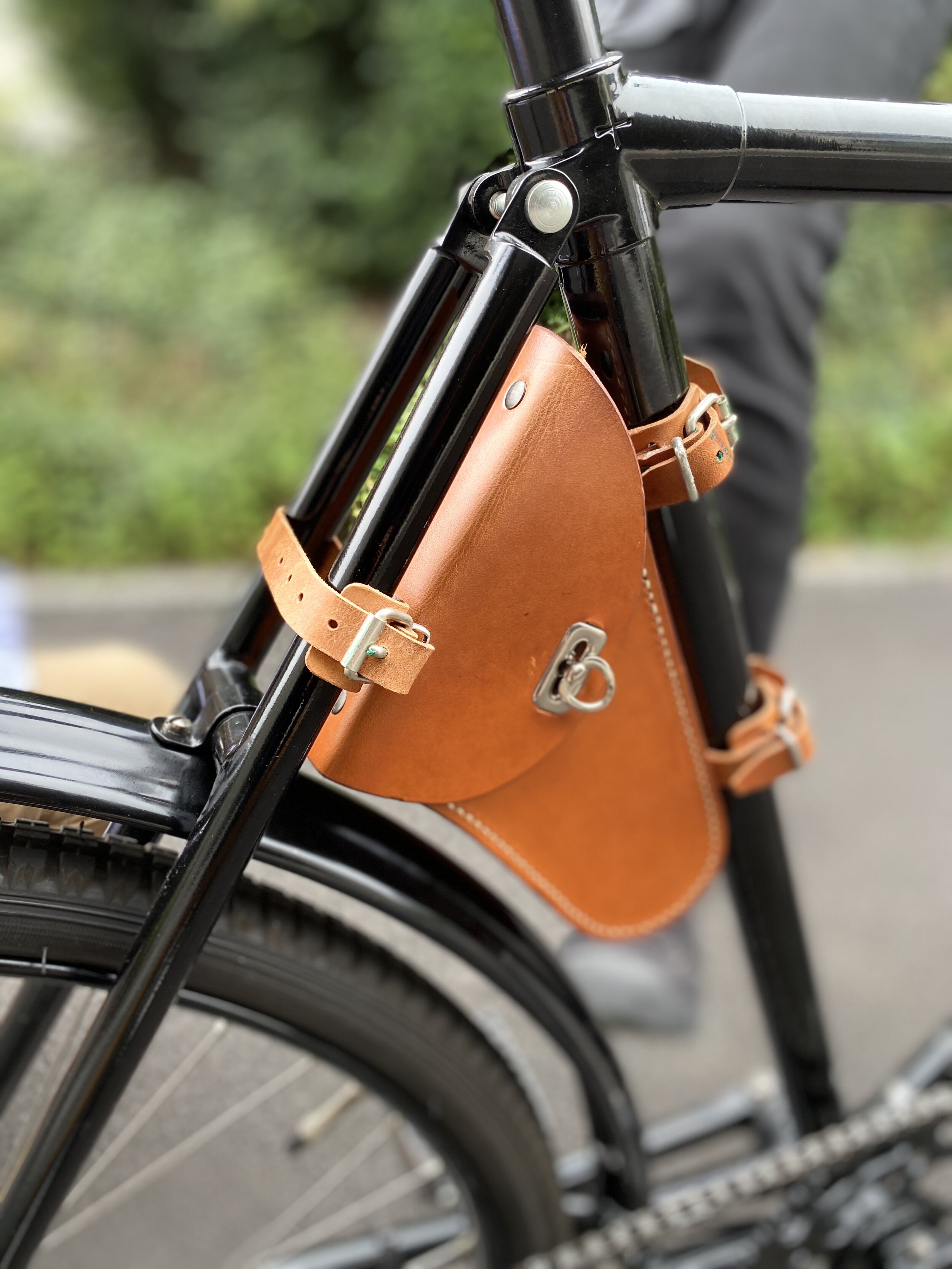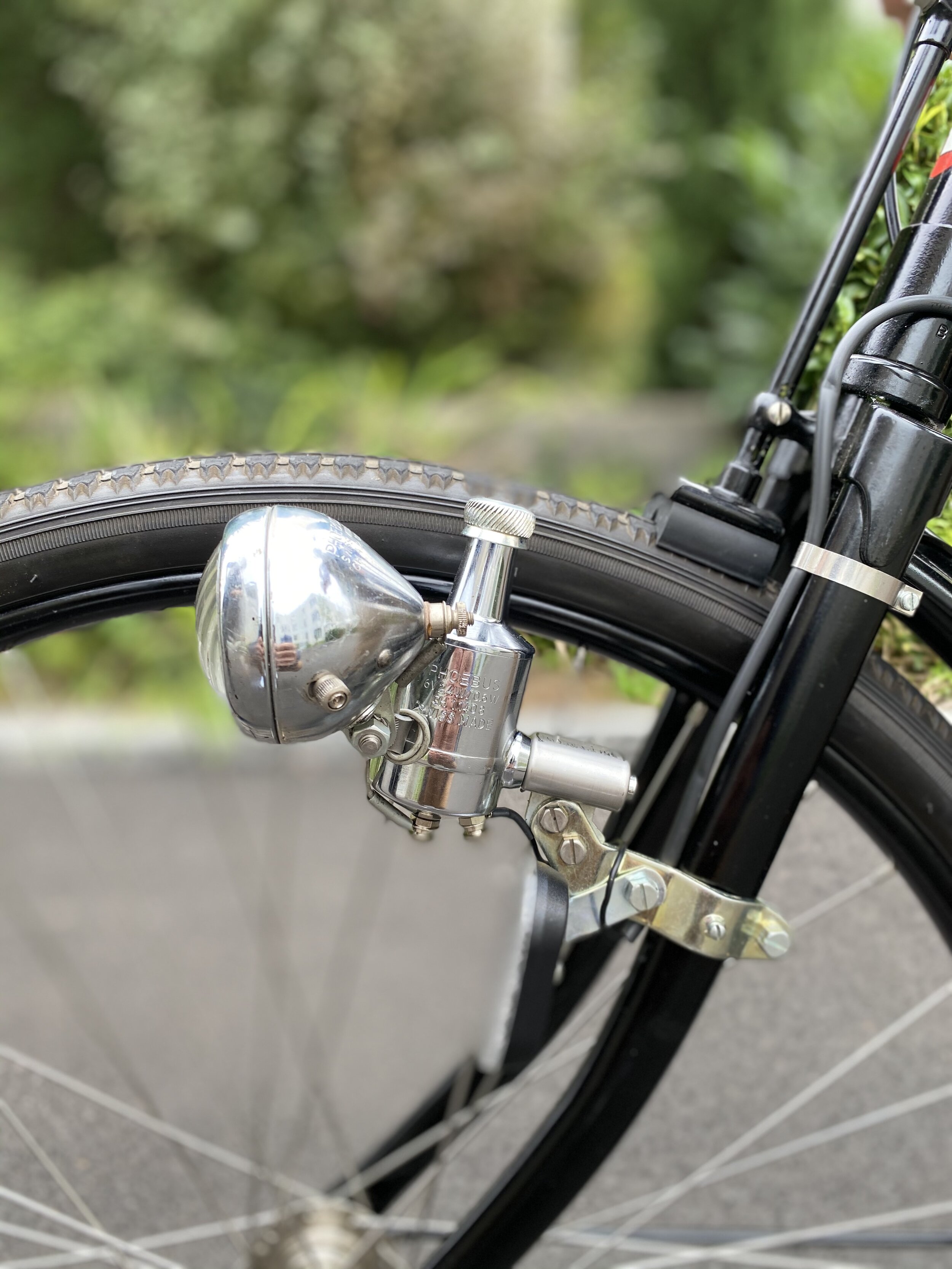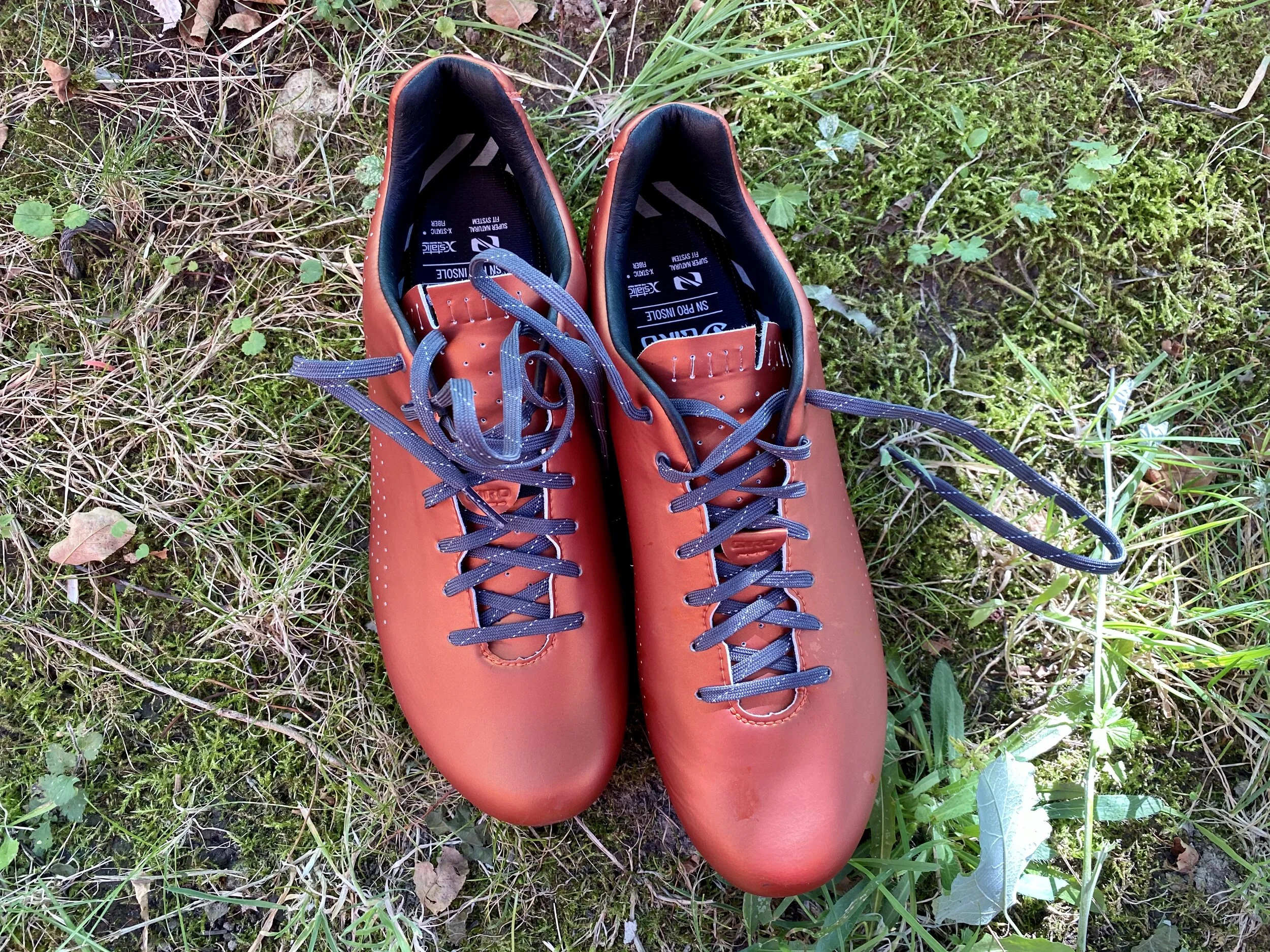Meet the 1905 Standard: the legendary Swiss Military bike that just won’t die
Aesthetically speaking, you could mistake it for a modern-day hipster chariot. A steel lugged frame painted in a rich metallic black with single speed, fenders and rear coaster brake. All boxes checked. But on closer inspection, and certainly when riding it, one quickly realizes this build is so much more - a bike rich in history that is rekindling the imagination of former service men and others who simply want it to ride everyday.
Meet the 1905 Standard: the Swiss Army bike originally produced in the small town of Courfaivre (Jura) in 1904 and in only five factories afterwards until production stopped in 1989. Engineered for the Swiss military to be durable, ironically it was only ever produced as a single speed until a design update in 1993. A former member of the army tells us it got lots of use in the mountains, often times in snow and at night. One can only imagine the quads on those deemed fit enough to ride it.
Today, original parts and frames are scattered across Switzerland; when the army shuttered their bike division in 2003, most of what remained was sold off to collectors and others. Curious about their design, Leandro Spillmann bought his first Swiss military bike at age 16 - a model made in 1944 that he still uses around town. Now in his twenties, Spillmann is part of a regional network from Austria, Germany and Switzerland who vaunt about the 23kg builds, boasting about their steely ride and military appeal.
He now runs Schweizer-Militärvelo and sells refurbished originals, but not as a business. He explains from his office where we talked with him — a storage room filled with bike parts, books and tools outside Zurich — that its purpose is only to maintain the legacy of the 1905 design.
“People from all over had been storing the 300 spare parts needed to assemble one of these bikes,” explains Spillmann about the network he works with. “I sell maybe one or two bikes a month to people who really love the design, something I hope will help preserve it.”
One hundred and eleven years after it was first made, Spillmann says he sees renewed interest in the frames from United States, Japan, Italy and elsewhere. At one time, the Swiss held 700 or more bike industry trademarks and had a network of small bike builders Today, he says of those Swiss builders, only Aarios remains.
Through this informal network, he tries hard to stay as close as possible to the bike’s original design in what he sells. His office is a testament to the dedication behind the site, shelves filled with original wheels, rich brown leather tool and top tube bags and history books. In spite of their age, riding the original Ordonnanzfahrrad Modell 05 (as it is officially known) today is still pretty awesome. Like many heavy steel frames bikes, it quickly gathers momentum and hugs the road with precision. The head tube bares the iconic Swiss cross while the saddle’s tan leather is the perfect compliment to the meticulous design.
While climbing even small hills requires grit, weight is not the bike’s most interesting characteristic. That is reserved for the brakes which were created specifically for alpine descents; front and rear “spoon brake” levers modulate friction on the tire itself, not the rim, while the pedal “coaster brake” stops the hub (added in 1940 for extra long descents so tires would not get too hot and explode, says Spillmann). The build is finished with a German Torpedo hub and all the parts are original.
Spillmann outside his office. Approximately 80,000 bikes were made in total and although the Swiss Army no longer employs bike troops, there are still plenty of bikes in service. More than 7,000 are still in use for getting around on large army bases and airports.
Check out http://www.xn--schweizer-militrvelo-pzb.ch/ to get in touch with Leandro and to find out more. Big thanks to him for the test ride and shop tour 👌.




